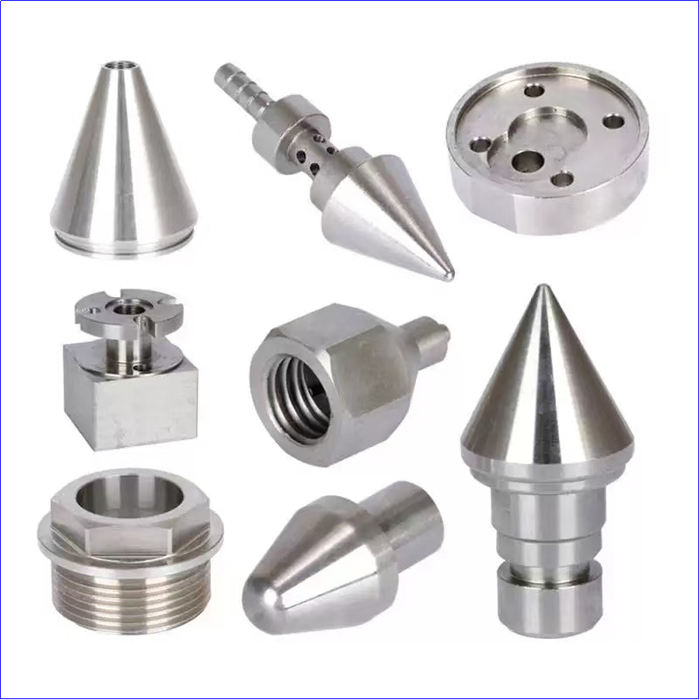Which parts are suitable for turning?
2025-08-11
With the advent of CNC machining centers, which can easily interpolate features on circular parts, the once-obvious distinction between round parts turned on lathes and non-circular parts machined on milling machines blurred the lines between the two machining processes.
When CNC lathes gained live tooling capabilities, the situation became even more confusing. Operations once reserved for the milling department could now be performed entirely on lathes. Consequently, deciding which machine is best suited to produce any particular part became more complex than ever.
Candidates for Lathing
Some parts are obvious candidates for lathing. Examples include pistons for spool valves or hydraulic fittings. The cylindrical symmetry of these CNC machined components, combined with their complex external geometry and challenging internal features, make them permanent fixtures in the turning department.

In contrast, the rectangular valve bodies that complement these turned parts, with their large milled surface areas, complex grooves, and intersecting bores, are impossible to machine, regardless of the live tooling capabilities of the lathe.
This is one reason why our CNC machining services have shifted to turning. By adding a CNC turning center equipped with live tooling (end mills) to our already extensive three-axis milling services, we can achieve a superior surface finish on cylindrical features and often reduce costs for our customers. Turning also improves the manufacturing efficiency of parts that might otherwise be beyond our milling capabilities. If your ultimate goal is low-volume production, turned parts are a good option.
Bar Metal on a Lathe
During the turning and milling process, the bar metal is securely held in place on a high-speed CNC lathe. Turning these parts offers several advantages over milling.
Our new lathes have milling capabilities. Drilling side holes or milling flat surfaces is well within the lathe's capabilities, as long as the feature is parallel or perpendicular to the long axis of the part. Any milled slots should be wider than 1.2 mm, but since all our lathes are equipped with a Y-axis, we can machine off-center slots or holes .



